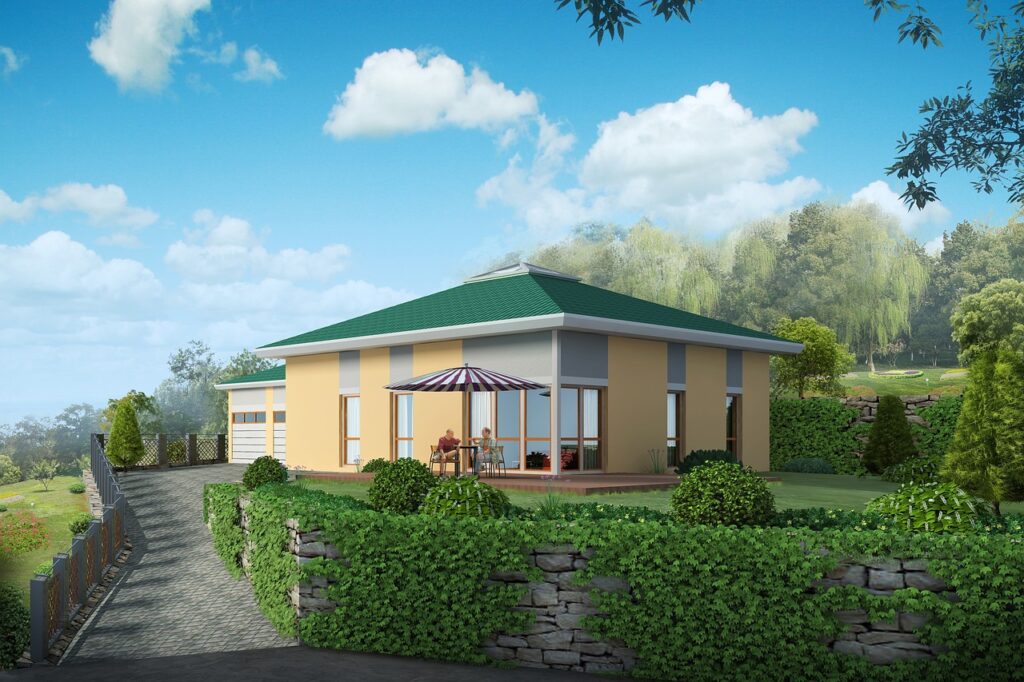Preserving Heritage: Adaptive Reuse and Modern Design Coalesce in Kentucky’s Architectural Landscape
by siteadmin

In the heart of the Bluegrass State, Kentucky’s architectural landscape stands as a testament to the rich history and cultural heritage that has shaped the region over the centuries. As the state embraces progress and modernity, a delicate balance between preserving the past and embracing the future has emerged, exemplified by the growing trend of adaptive reuse and contemporary design converging to breathe new life into old structures.
A Symphony of Old and New
Adaptive reuse, a practice gaining momentum in Kentucky, involves repurposing existing structures for purposes other than what they were originally intended for. This harmonious approach allows historic buildings to seamlessly integrate with modern design elements, creating a unique synergy that preserves the essence of the past while catering to present needs.
The Resurgence of Historic Buildings
Kentucky’s architectural heritage spans a diverse range of styles, from antebellum mansions to industrial warehouses. The resurgence of interest in preserving these structures has seen many once-forgotten buildings find new purpose. Warehouses become chic loft apartments, while historic homes transform into boutique hotels, breathing fresh life into the bones of the past.
Navigating the Challenges
Preserving heritage through adaptive reuse is not without its challenges. Striking a balance between modern functionality and historic authenticity requires a thoughtful approach. Architects and designers face the delicate task of integrating contemporary elements without compromising the integrity of the original structure, and navigating issues of zoning, safety, and structural integrity.
The Sustainable Angle
Kentucky’s commitment to sustainability is mirrored in the adaptive reuse trend. Repurposing existing buildings minimizes the environmental impact associated with new construction. By recycling structures, the state embraces a more eco-friendly approach, reducing waste and embodying the essence of sustainability in architectural practices.
Cultural Hubs and Community Spaces
The marriage of adaptive reuse and modern design has given rise to vibrant cultural hubs and community spaces. Former factories now house art galleries, and historic churches are transformed into community centers. These spaces not only preserve the historical fabric of Kentucky but also foster a sense of community and shared identity.
Nurturing Innovation in Design
The convergence of old and new in Kentucky’s architectural landscape serves as a breeding ground for design innovation. Architects are challenged to think creatively, finding ingenious ways to blend historical elements with contemporary aesthetics. This dynamic interplay fosters a sense of pride in preserving heritage while pushing the boundaries of what is possible in modern design.
As Kentucky moves forward, the tapestry of its architectural landscape becomes richer with each adaptive reuse project. The integration of historic buildings and modern design reflects a commitment to honoring the past while embracing the future. This delicate dance between preservation and progress creates a unique narrative, where the stories of yesteryear seamlessly coalesce with the aspirations of tomorrow, ensuring that Kentucky’s architectural heritage remains a timeless treasure for generations to come.
In the heart of the Bluegrass State, Kentucky’s architectural landscape stands as a testament to the rich history and cultural heritage that has shaped the region over the centuries. As the state embraces progress and modernity, a delicate balance between preserving the past and embracing the future has emerged, exemplified by the growing trend of…
Recent Posts
- Exploring the Drawbacks of Duct Cleaning: Insights from Air Vent Cleaning Charlotte
- Exploring the Drawbacks of Duct Cleaning: Insights from Air Vent Cleaning Charlotte
- Clearing the Dust: Duct Cleaning Louisville KY Shares Tips to Make Your Home Less Dusty
- Landscaping Corpus Christi: Your One-Stop Solution for Superior Landscape Design and Lawn Care Services
- Sons of Monaco Painting Unveils the Ultimate Solution: Roll vs. Spray for Exterior Paint